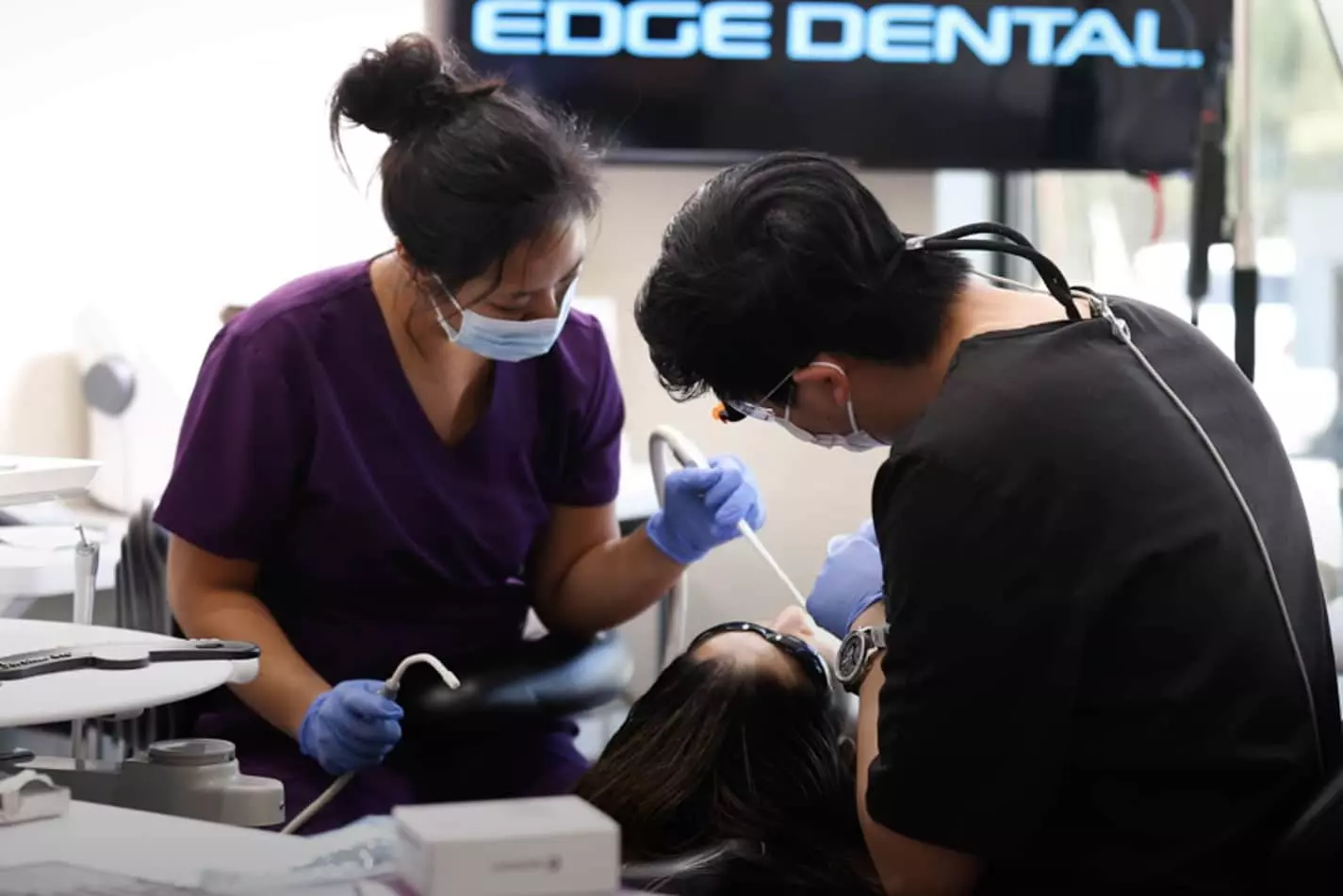Though bleaching, whitening, and lightening are different terms, they technically mean different things, but they generally mean the same thing in the context of gum procedures and are thus used interchangeably. Gum whitening near me, bleaching and lightening all describe the process of depigmentation. To know much more about the same continue reading the article.
What are the causes of depigmentation?
Gums are considered the most frequently pigmented tissues of the mouth. Gum depigmentation means discoloration of the gingiva due to different varieties of lesions and conditions associated with several endogenous and exogenous features. It may range from physiologic reasons like racial pigmentation to manifestations of systemic illnesses such as Addison's disease or malignant neoplasms like melanoma and Kaposi's sarcoma. The cause of mucosal pigmentation must be known before treatment for such a lesion is planned.
Broadly, gingival pigmentation may be classified as physiologic or pathologic.
It appears that genetics is the most common reason for darker pigments in the gums. The accumulation of surplus melanin in the gum can lead to brown or black pigmentation rather than the normal pink color. This can be found more often in people with African and Middle Eastern origins. This excess pigment is not a sign of any disease or malfunction.

How does the bleaching of gums take place?
The science of dentistry is continuously inventing and introducing newer and better ways of doing gum bleaching, and they are putting much effort into developing new technologies like liquid nitrogen-assisted gum depigmentation near me, LNAGD. Though scientists are putting in great efforts to improve, there are basically two common gum bleaching treatment techniques in practice in dental clinics today: laser treatment and microdermabrasion. Here are the details of each treatment technique:
Laser gum bleaching technique
The procedure may require local anesthesia before the actual treatment. A laser for gum depigmentation is then applied to the gums. The melanin pigments inside the gum cells absorb the laser. The laser gum depigmentation near me heats up the cells until the pigments are damaged. The damaged cells are naturally deposited by the human body. Then, new cells that have less melanin start to re-grow, and your gums appear pink this time.

Microdermabrasion gum bleaching technique
The process of microdermabrasion is much like peeling, which is practiced in dermatology. Initially, a whitening gel is applied to the gums, and it is washed away along with the darker gun tissue present on the surface. The new pink gum then shows up after the old tissue has been fully scrubbed away.
Brief Note
Now that you are familiar with the process of laser gum bleaching near me, what should you wait for? You can be confident that now you can smile loudly in public without worrying about people noticing the dark, pigmented gums. Particularly if you have sensitive gums, you can feel some mild discomfort immediately after the treatment, but this will pass quickly. In one to two weeks, everything ought to be healed and feel totally normal. If you have a habit of smoking or drinking alcohol, then it would be best to avoid it for the quick healing process.
Comments